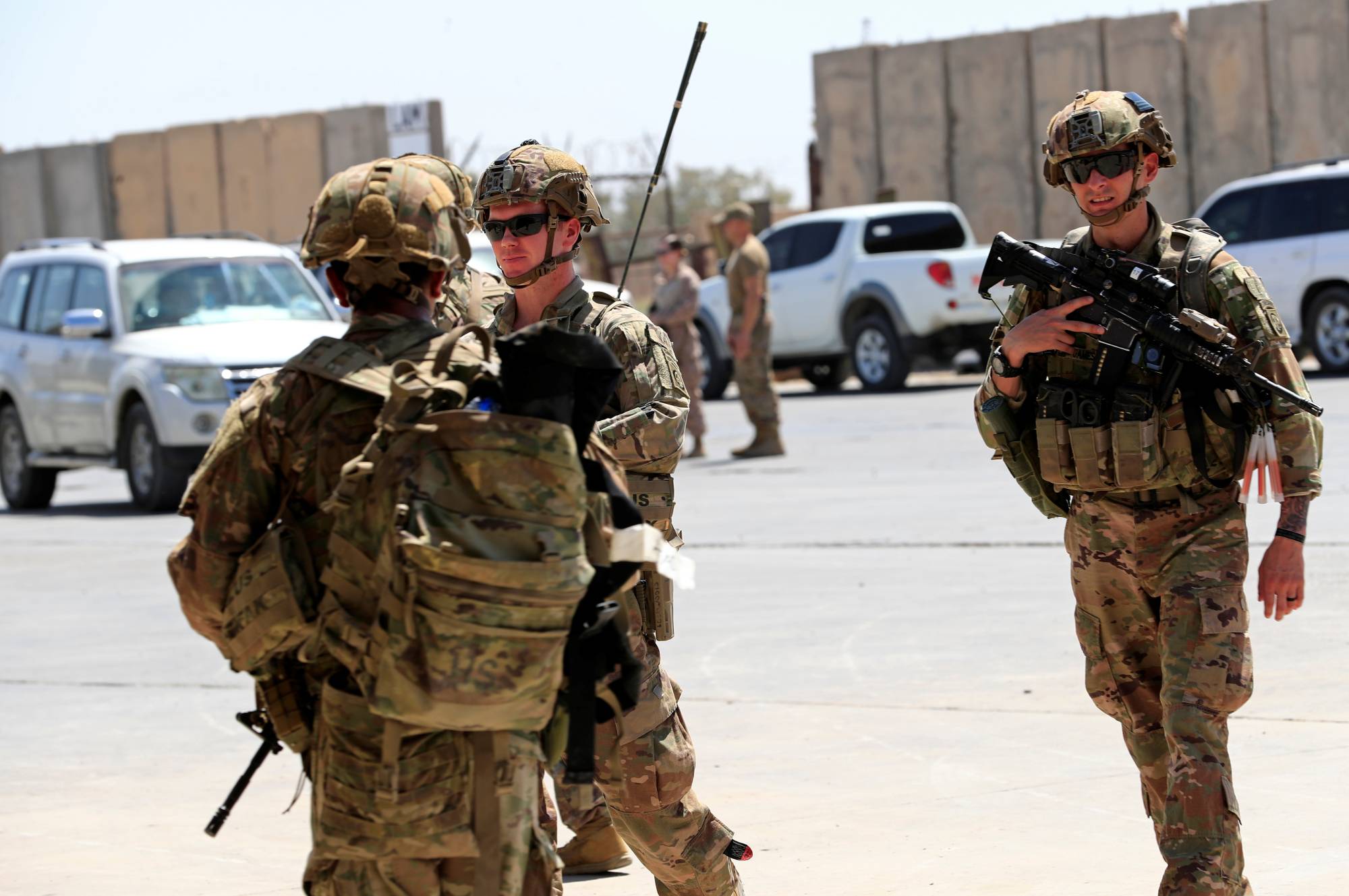When I was supreme allied commander at the North Atlantic Treaty Organization, we had a small training mission in Iraq. U.S. President Barack Obama’s administration was in the process of drawing down the massive U.S. troop presence there, which peaked at around 170,000.
I visited Baghdad, and spoke at length with the general running the mission, Bob Caslen. He emphasized that we could reduce our presence by 90 percent — which we did — but that it would be prudent to keep a minimum of 15,000 troops "in country” to maintain stability and counter Iranian influence. Unfortunately, the Obama administration continued the withdrawals, and over time the lack of U.S. presence contributed to the rise of the so-called Islamic State and ever-increasing Iranian influence in the Iraqi government and military.
The U.S. ended up with around 6,000 troops in Iraq and Syria by the time President Donald Trump arrived in office, and they — along with NATO and Arab allies — had their hands full tamping down a full-blown threat to Iraqi statehood from the Islamic State’s potent military. It is hard to remember, but ISIS tank convoys came within a few hundred kilometers of Iraq just a few years ago. While a much-diminished force, ISIS is still conducting a rural terrorism campaign, while raising money through internet scams and other forms of cybercrime.



















With your current subscription plan you can comment on stories. However, before writing your first comment, please create a display name in the Profile section of your subscriber account page.